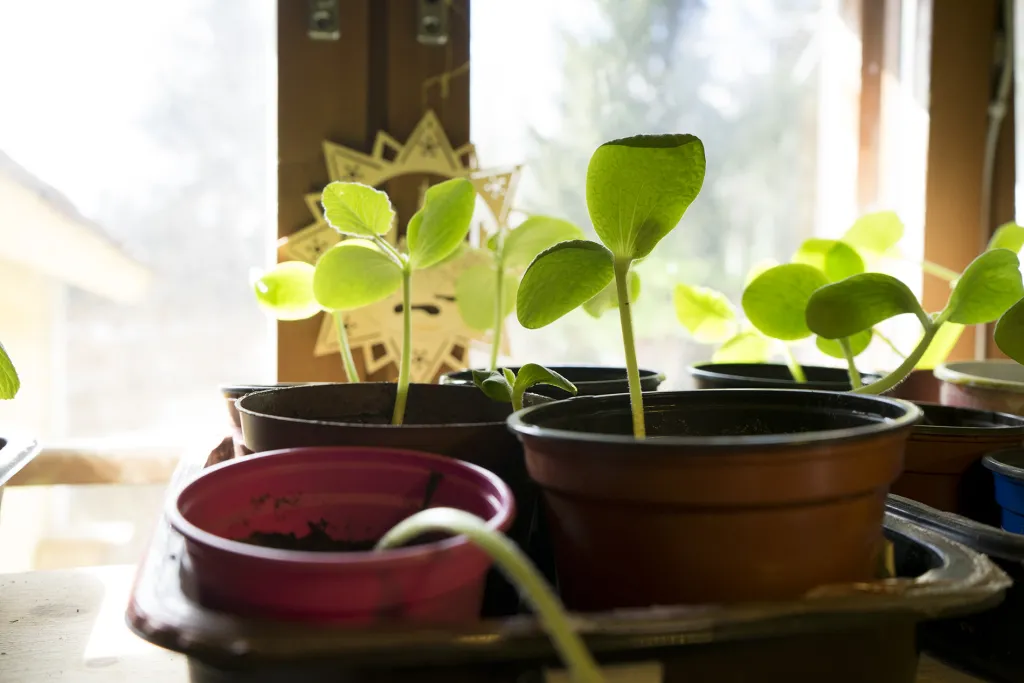Usage of swales
- Recharge groundwater: By directing water into the soil, swales help to recharge groundwater and improve water availability.
- Increase soil fertility: By capturing and storing water, swales create ideal conditions for plant growth and can also encourage the growth of beneficial microorganisms.
- Prevent erosion: Swales can help to slow down runoff and prevent soil erosion, protecting valuable topsoil and reducing the risk of downstream flooding.
- Promote biodiversity: Swales can provide habitat for a wide range of wildlife and help to promote biodiversity in agricultural and urban landscapes.
Swales are a simple and effective way to manage water, improve soil fertility, and promote sustainability in agricultural and urban landscapes. They can be integrated into a wide range of permaculture and regenerative agriculture systems, including food forests, orchards, and crop fields. At Beyond Buckthorns you want to read Nick's diploma design about his orchard.
How to build a swale
To create a swale, you will need the following materials:
- Shovels and digging tools
- A level or laser level to ensure the swale is level and contoured properly - an A-frame will do
- Compost, compost tea, or other soil amendment to improve soil fertility
- Mulch or other organic material to reduce evaporation and retain moisture in the soil
Here is a step-by-step guide on how to create a swale:
- Determine the site: Choose a site with adequate sunlight and good soil drainage. Swales are typically placed on contour, parallel to the slope of the land, to ensure that they capture and store as much water as possible.
- Measure and mark the site: Use a level (A-Frame) or laser level to determine the slope of the land and mark out the location of the swale.
- Excavate the swale: Dig a shallow trench along the contour line, to a depth of about 6-12 inches. Make sure that the bottom of the trench is level, and that the sides are gently sloping. Often this is done by using excavators.
- Add compost or soil amendment: Spread compost, compost tea, or other soil amendment along the bottom of the trench to improve soil fertility and encourage the growth of beneficial microorganisms.
- Plant cover crops or other vegetation: Sow cover crops, such as clover or vetch, or plant other vegetation along the sides of the trench to reduce evaporation and retain moisture in the soil.
- Apply mulch: Spread a layer of mulch along the top of the swale to reduce evaporation and retain moisture in the soil.
- Monitor and maintain: Regularly monitor the swale to ensure that it is functioning as desired and make any necessary adjustments.

